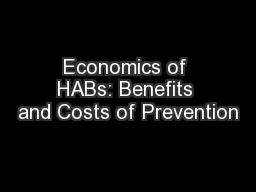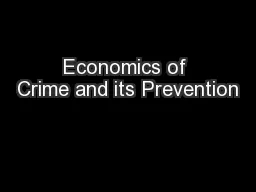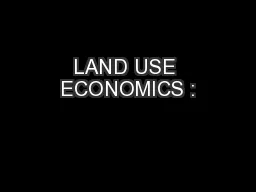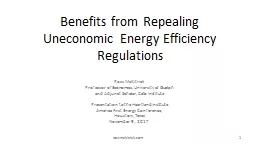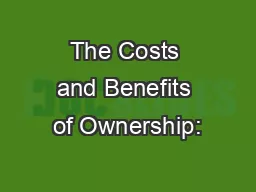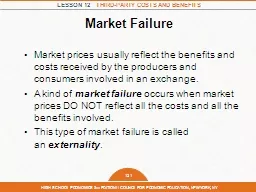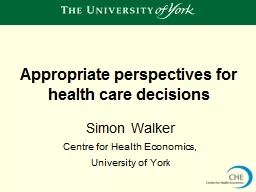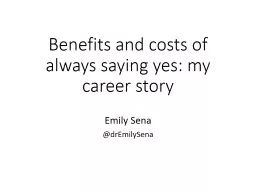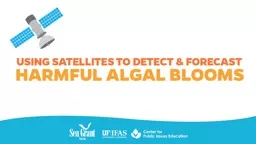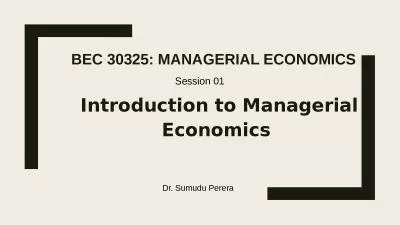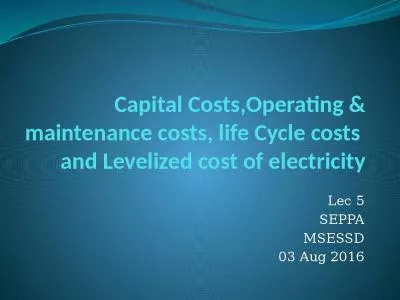PPT-Economics of HABs: Benefits and Costs of Prevention
Author : ellena-manuel | Published Date : 2017-03-27
Presentation prepared for the Global Solutions to Regional Problems Collecting Global Expertise to Address the Problem of Harmful Algal Blooms Presented by Cathy
Presentation Embed Code
Download Presentation
Download Presentation The PPT/PDF document "Economics of HABs: Benefits and Costs of..." is the property of its rightful owner. Permission is granted to download and print the materials on this website for personal, non-commercial use only, and to display it on your personal computer provided you do not modify the materials and that you retain all copyright notices contained in the materials. By downloading content from our website, you accept the terms of this agreement.
Economics of HABs: Benefits and Costs of Prevention: Transcript
Download Rules Of Document
"Economics of HABs: Benefits and Costs of Prevention"The content belongs to its owner. You may download and print it for personal use, without modification, and keep all copyright notices. By downloading, you agree to these terms.
Related Documents

